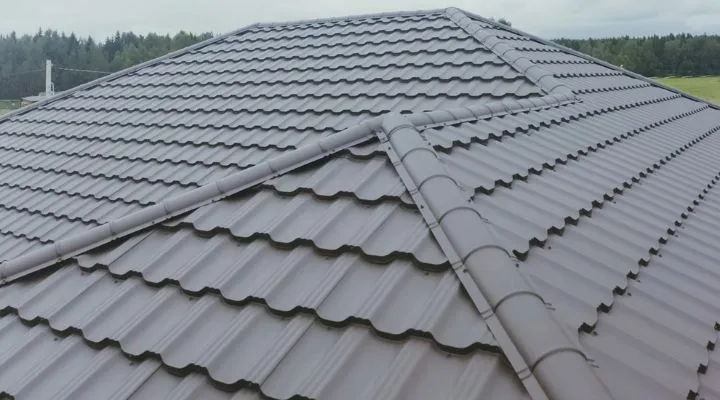Building or remodeling a home provides an opportunity to consider sustainability and energy efficiency when choosing roofing materials, with each material’s environmental impact dependent upon a number of variables.
Asphalt Shingles
Asphalt shingles are the go-to material in America for economical roofing solutions that are quick and easy to install, boast a variety of colors and styles and don’t degrade quickly under harsh weather conditions or exposure to UV rays from sunlight. Unfortunately, however, asphalt shingles don’t last nearly as long and may degrade quickly in cold climates or due to prolonged sunlight exposure.
Asphalt shingle roofs produce significant waste during their manufacturing and installation as well as replacement. Furthermore, they contain contaminants which make recycling them challenging; harvest rainwater from these roofs often has high concentrations of dissolved organic carbon (DOC), making it unsafe for human consumption.
Cloward’s survey found that approximately 35% of roofers wanted shingle manufacturers to offer products with greater solar reflectance and reduced environmental impact, as well as longer warranty periods and greater color and style options. Manufacturers can lower their environmental footprint by situating production plants closer to where shingles will be sold – this reduces transportation emissions as well as mining virgin resources for production purposes.
Metal Roofs
Metal roofs are a popular choice in industrial and commercial settings, but they’re just as suitable for residential structures of various styles. Metal roofs are extremely durable – with the average lifespan exceeding 50 years – resistant to fire, mildew and pests; plus their energy efficient coatings reflect up to 80% of solar heat for reduced cooling bills.
Metal roofs can also be recycled at the end of their lifespan, being processed into steel or aluminum products and using less energy in production than mining original materials from mines; producing far fewer wastes as a result compared to mining them from ore deposits; in fact, recycling aluminum uses five percent less energy compared to making aluminum from raw bauxite ore, meaning homeowners contribute towards an environmentally friendly future while simultaneously increasing home resale values.
Wood Shingles
Wood shingles provide a classic rustic aesthetic to any home and with proper care they can outlive other materials for over 30 years, offering insulation benefits to reduce energy costs and save on energy expenses.
Environmentally friendly materials include those made of sustainable cedar that is harvested near to where they will be installed, but cedar has a higher embodied energy than other materials due to its long lifespan and energy required for manufacture and transportation.
Wood shingle roofs can become damaged from algae and moss accumulation, shortening their lifespan significantly. Furthermore, these roofs can become susceptible to insect infestation such as termites or carpenter ants which may damage them further. These issues may be mitigated with high-quality cedar products and a comprehensive maintenance plan in place; climate conditions also play a factor as moisture, UV exposure and temperature fluctuations can contribute to faster decay of wood shingles.
Clay and Concrete Tiles
Clay tiles offer greater weather resistance than concrete roof tiles; however, both types may still be damaged by high winds if installed improperly and with adequate underlayment and fastening methods in place. With proper roofing installation techniques in place to reduce this impact factor and ensure optimal underlayment and fastening methods.
Clay and concrete roof tiles are both made of sustainable natural materials, providing a more eco-friendly roofing option than asphalt tiles. Both tiles absorb and release heat slowly while also reflecting sunlight – offering excellent insulation in most climates.
Clay tiles may also be more resistant to the effects of hail damage; however, both types are susceptible to cracking or shattering under cold temperatures.
Regular maintenance for clay or concrete tile roofs will extend its lifespan and help it reach its maximum lifespan. Inspections by professionals to check for signs of mold growth as well as broken tiles will prevent water intrusion through your roof. Alternatively, synthetic barrel roof tiles offer eco-friendly alternatives which provide similar results.


